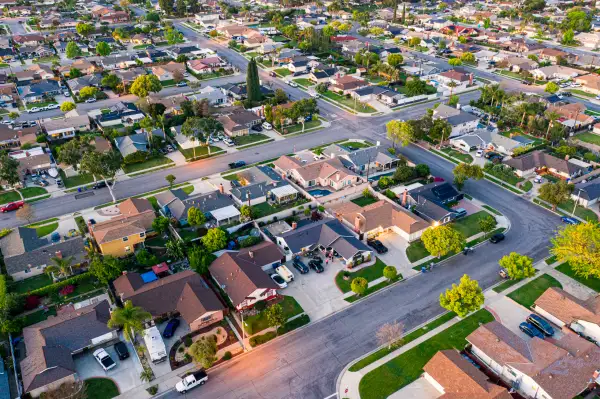It's About to Get Easier for Over a Million Homeowners to Refinance Their Mortgages

Two new mortgage refinance programs launching this summer should make it a little easier for lower-income borrowers to save on their home loan payments.
Starting on June 5, Fannie Mae will offer a product called Refi Now. Freddie Mac’s version, called Refi Possible, is set to launch on August 30. Borrowers with loans backed by Fannie or Freddie and who make 80% or less than their area’s median household income will qualify.
Last year, over 7 million homeowners refinanced their mortgages, according to the Mortgage Bankers Association. Freddie Mac estimates that homeowners who refinanced last year will save an average of $2,800 on mortgage payments each year of their loan. That’s $233 back in their pockets every month.
However, more than 2 million low-income homeowners were left out of the boom, according to estimates from the Federal Housing Financing Agency. The reasons for not refinancing vary, but included not being able to afford closing costs or having a credit scores that isn't high enough to qualify.
“Lower-income borrowers typically refinance at a slower pace than higher-income borrowers, potentially missing an opportunity to save on housing costs,” said Malloy Evans, executive vice president and head of single-family at Fannie Mae, in a statement. “Fannie Mae’s new Refi Now option will help more homeowners refinance by removing some of those barriers, improving affordability and promoting sustainable ownership.”
Both programs aim to expand refi access by lowering certain costs and loosening some eligibility requirements. For example, borrowers can qualify for a reduced interest rate with a credit score as low as 620 and a debt-to-income ratio as high as 65%.
The FHFA estimates that qualifying homeowners could save between $1,200 and $3,000 a year — or an average of $100 to $250 each month.
Who can apply?
Fannie Mae and Freddie Mac buy mortgages from lenders. If you don’t have a government-insured mortgage such as an FHA loan or VA loan, you likely have a conventional loan that is eligible for Fannie and Freddie guarantees. Homeowners can verify whether they have an eligible loan by using Fannie Mae’s Loan Lookup Tool.
Although most lenders can offer the programs, some may decide not to participate so contact multiple lenders to ask. Remember to compare rates from different lenders to find the best deal.
Borrowers who make 80% or less than their area’s median household income qualify for the Refi Now and Refi Possible programs. In Chicago, for example, a family of four earning less than $75,000 would be eligible.
Additional eligibility criteria include:
- The loan must be for a 1-unit single-family home that is owner-occupied (this disqualifies rental properties and investors)
- You cannot have missed a mortgage payment in the last six months, or only missed one mortgage payment within the last 12 months
- Your loan-to-value ratio should not exceed 97% (that means you need at least 3% equity in your home)
- Your debt-to-income ratio should not exceed 65%
- You must have a credit score of at least 620
How are these new refi options different?
Once a lender decides to offer the Refi Now option, they’ll need to offer the benefits to anyone who qualifies. This includes a guaranteed interest rate reduction as well as a guaranteed reduction in the monthly payment.
Benefits that set the Refi Now and Refi Possible programs apart from traditional refinance loans include that you:
- Will get a reduction of at least 0.50 percentage points in your interest rate
- Will see a reduction of at least $50 in your monthly mortgage payment
- Will get a maximum $500 lender credit applied towards an appraisal if you don’t qualify for an appraisal waiver (Fannie Mae will provide a $500 credit to the lenders when the loan is sold to the GSE)
- Won’t have to pay the 0.50 percentage point Adverse Market Fee if your loan balance is $300,000 or lower
More from Money:
Want to Refinance Your Mortgage This Month? Do These 7 Things Now
The Mortgage Forbearance Deadline Was Just Extended. But There May Be Better Options
The Pros and Cons of Switching Lenders When You Refinance Your Mortgage
